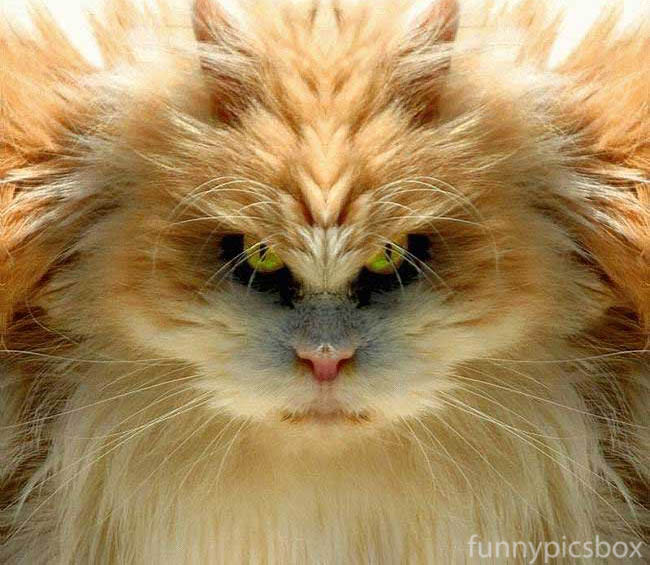Picking the Right Cat Litter Box for Your Cat
Picking the Right Cat Litter Box for Your Cat
Blog Article

Cat litter and litter boxes play an essential role in the lives of both cats and their owners. From the modest starts of sand and soil to the ingenious advancements of today, the world of cat litter has developed substantially. In this thorough guide, we delve into every aspect of cat litter and litter boxes, exploring their history, types, benefits, challenges, and everything in between.
The history of cat litter dates back centuries, with ancient civilizations using sand, soil, and even ashes as primitive litter materials. However, it wasn't until the mid-20th century that modern cat litter as we understand it emerged. In 1947, Edward copyright introduced the world's very first business cat litter made from absorbent clay, revolutionizing the way cats relieved themselves indoors. Ever since, cat litter has gone through many improvements, with the intro of clumping litter, silica gel litter, eco-friendly alternatives, and more.
Today, feline owners are spoiled for choice when it comes to selecting the right litter for their feline buddies. Standard clay litter stays popular for its cost and effectiveness in soaking up smells. Clumping litter, which forms strong clumps when wet, simplifies cleansing and upkeep. Silica gel litter, composed of highly absorbent silica crystals, offers remarkable smell control and longevity. Biodegradable alternatives, such as recycled paper, wood pellets, corn, and wheat, interest environmentally mindful customers.
Each type of cat litter offers special benefits. Clay litter excels in its ability to soak up wetness and control odors, making it a reputable choice for numerous cat owners. Clumping litter simplifies day-to-day scooping and extends the time between complete litter modifications. Silica gel litter offers exceptional smell control and can last longer in between replacements. Biodegradable litters use a sustainable option that reduces ecological effect.
While cat litter enhances indoor feline hygiene, it is not without its challenges. Dust from clay litter can posture respiratory risks for both felines and humans, triggering the popularity of dust-free alternatives. Some felines might establish litter box hostility due to issues with texture, aroma, or cleanliness, demanding experimentation with different litters and box configurations. Multi-cat homes may require tactical litter box placement and frequent maintenance to avoid territorial disputes and make sure all cat litter alternatives cats have access to tidy facilities.
Choosing the proper litter box is important for promoting favorable litter box practices and total feline well-being. Elements to think about include size, accessibility, and style preferences. Covered litter boxes provide personal privacy and help include smells, but some cats might find them confining or frightening. Open-top litter boxes use easy gain access to and presence but might result in more litter Pine Pellet Cat Litter scatter. Automatic self-cleaning litter boxes enhance upkeep but need routine monitoring and upkeep.
Appropriate litter box upkeep is crucial for guaranteeing a tidy and inviting environment for both felines and their owners. Daily scooping gets rid of waste quickly, decreasing odor and dissuading litter box hostility. Routine litter replacement, generally every 1-2 weeks, avoids bacterial buildup and preserves optimal absorbency. Comprehensive cleansing with moderate detergent and water, avoiding harsh chemicals that may prevent felines from using package, need to be performed monthly.
Cat litter and litter boxes play a main function in fostering a healthy and harmonious relationship between felines and their human companions. With a diverse range of litter alternatives and litter box styles available, cat owners have the flexibility to tailor their options to suit their cats' preferences and home requirements. By comprehending the advancement, types, advantages, and challenges of cat Pine Pellet Cat Litter litter and litter boxes, pet owners can provide their feline buddies with a comfy and sanitary indoor environment.